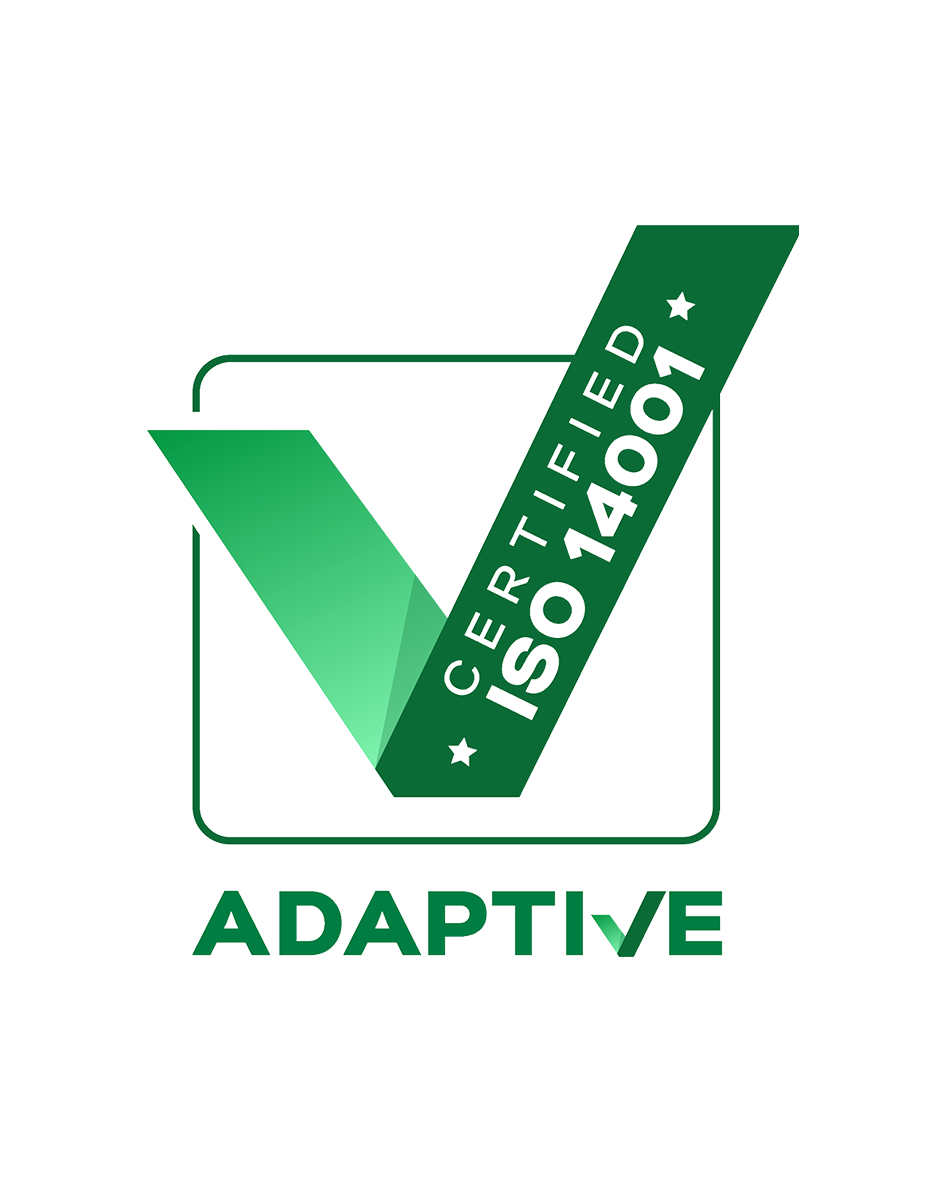The solution is already available
Technology already exists to replace invasive and costly underpinning techniques. Mainmark’s JOG Computer Controlled Grouting (JOG), for example, has proven to be a superior approach to underpinning and lifting with the ability to relevel very large structures and buildings up to ten storeys high.
JOG is a unique cementitious grout mix that sets in less than a minute and develops compressive strengths that are far higher than most foundation soils. The JOG grout is mixed in a central, computer controlled, mixing plant on site. Once mixed, the grout is circulated through high pressure hoses to 40mm injection holes that are drilled to the required location and depth under the structure’s foundations. The number of injection points needed varies from dozens to many hundreds. Small quantities of the grout are injected into the ground where it quickly sets and creates a stable layer. The process is repeated hundreds of times over several days, creating a solid foundation that eventually provides a lifting force that slowly, gently and evenly raises the structure or building.
The whole process is carefully monitored with accurate survey equipment and the amount of grout directed into any of the injectors can be controlled from a central computer. This level of control allows technicians to send more grout to areas that need additional material. The outcome is a uniform lift that does not damage the structure. Compared to traditional underpinning, JOG injection grout points are spaced more tightly at 1.0 to 1.2m, allowing for a more even injection process that minimises structural stress.
Due to JOG’s ability to be delivered through 40mm holes, injection points can be easily repaired. Ultimately, the whole JOG process is surgical with only minimal disruption to the structure and its occupants.
Comparing JOG with traditional underpinning
There are many factors that determine if traditional underpinning is a suitable solution, but the cost, invasive process and the ground’s long-term bearing capacity often mean it is not viable for many projects. New technology, like JOG, is not only easily delivered and non-invasive; it has a lifting capacity of 25 tonnes per injector. This makes it suitable for:
- Larger footprint and multi-level buildings
- Brittle and ageing structures, including churches and heritage buildings
- High traffic infrastructure that needs to minimise downtime, e.g., train stations, bridges, retail complexes
- Un-level gravity sewer or gravity water pipelines
- High value, critical infrastructure, including industrial facilities, mining processing plants, and
- Public buildings such as like museums and galleries.
Mainmark has used JOG to successfully repair hundreds of structures across Australia and New Zealand, including an earthquake damaged heritage church, the award-winning Christchurch Art Gallery liquefaction remediation project, an unlevel multi-storey apartment building and a two-storey waterfront brick home suffering from adverse soil conditions.
With techniques like JOG already available, the future of structural remediation is no longer speculative. Mainmark is constantly researching and developing new ways to improve the cementitious grout mix and its delivery. However, even in its current form, JOG is the next evolution in engineered building stabilisation and lifting solutions. Perhaps it’s time to respectfully leave traditional underpinning in the past and look ahead to new alternatives to the conventional method.































